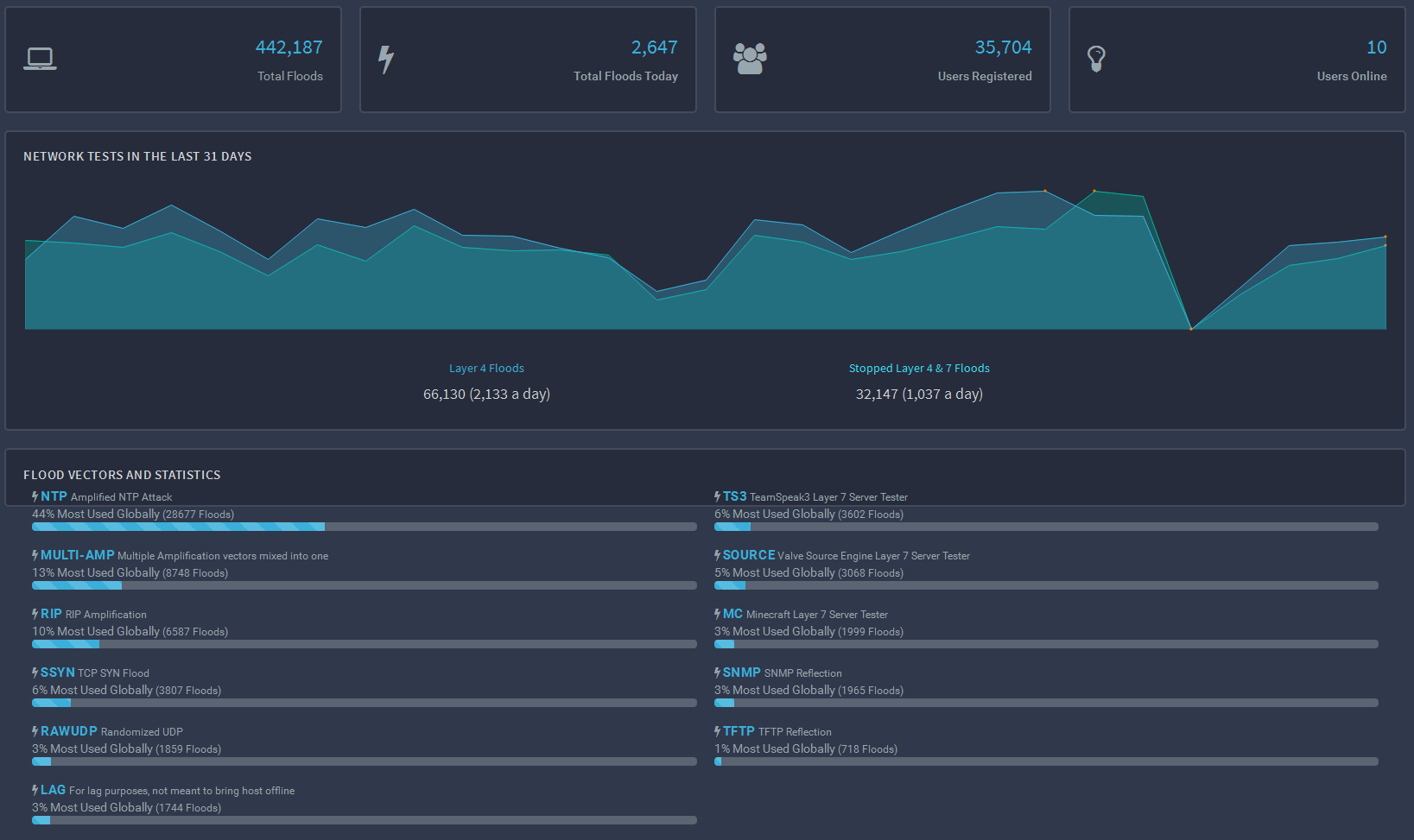

That tool will help automate the prevention of both unwanted logins and attacks.
#Anti ddos tool how to
One of the single best things you can do for those servers is install fail2ban (check out How to install fail2ban on Ubuntu Server 18.04). If that’s the case, you probably have a much bigger problem on your hands. Make sure to substitute ADDRESS/SUBNET with what you’ve discovered is attacking your server.Īnother issue to consider is, if those attacks are coming from subnets within your LAN, why those machines are bombarding your server with attacks. Sudo iptables -A INPUT -s ADDRESS/SUBNET -j DROP If you’ve found the attacks are all coming from one subnet (one that shouldn’t have access to the server), you can block that entire subnet using iptables, like so: This could take considerable time, depending on how many machines are attacking your server. With the DDoS attack, you’ll have to run the above command for every suspect address you’ve found using the netstat commands.

Where ADDRESS is the address in question. However, the good news is that once you’ve determined where the DDoS attack is coming from, you stop it in the same way you stopped the DoS attack.


This isn’t nearly as easy as checking for and stopping a DoS attack. If that subnet shouldn’t be hitting the server with that level of traffic, chances are pretty good that’s where your DDoS attack is coming from. You might have a large number of connections coming from one particular subnet. The above command will actually list out the IP addresses from all subnets that are sending out connection requests for your server.Īt this point, you should have a good idea of where the connections are coming from and what IP addresses are associated with those connections. Netstat -ntu|awk '' | cut -d: -f1 | sort | uniq -c | sort -n Log in to your Linux server and issue the following command to see what connections are coming in from the same subnet (/16): The first thing you want to check for is connections from common subnets (/16 or /24 being the most commonly used). SEE: Identity theft protection policy (TechRepublic Premium) What you’ll need In other words, DDoS mitigation isn’t cut and dry. In fact, with DDoS, you’ll have to not only use the netstat command, you’ll also have to know your network very well and be able to make some assumptions about the nature of the discovered connections. I’ll warn you, DDoS mitigation is not nearly as easy as is with DoS. I’m going to show you how you can check for and stop DDoS attacks on your Linux servers. Where you might have one source hitting your server thousands of times, you could have a thousand servers hitting your server just a few times. Instead of seeing your server get pummeled by a single address, that pummeling comes from a distributed collection of servers. This type of attack uses the same idea behind the denial of service attack, only it distributes the attack over a number of servers. There’s another, similar, type of attack, called the distributed denial of service (DDoS) that is more challenging to discover and stop.
#Anti ddos tool password
Must-read security coverageĨ enterprise password managers and the companies that will love themĬyber threat intelligence software: How to choose the right CTI tools for your businessĮnd user data backup policy (TechRepublic Premium) DoS stands for denial of service, which is a very common attack on servers that can render them unusable until the issue is mitigated. Recently I wrote a piece on how to detect and stop a DoS attack on Linux. Jack Wallen walks you through some of the steps you can take to check for and mitigate distributed denial of service attacks on a Linux server. How to check for and stop DDoS attacks on Linux


 0 kommentar(er)
0 kommentar(er)
